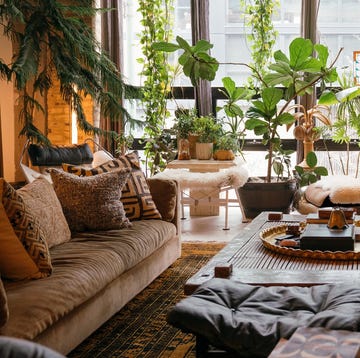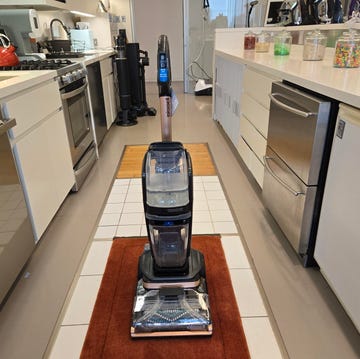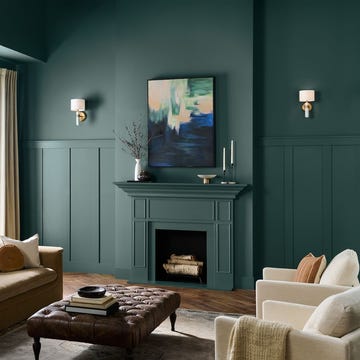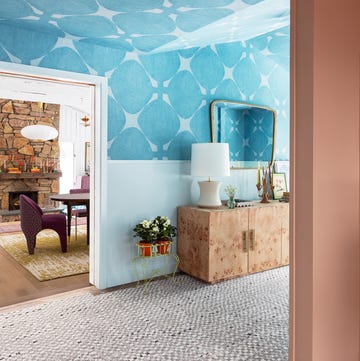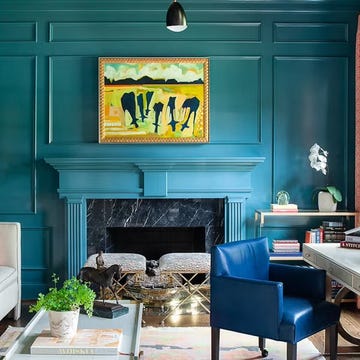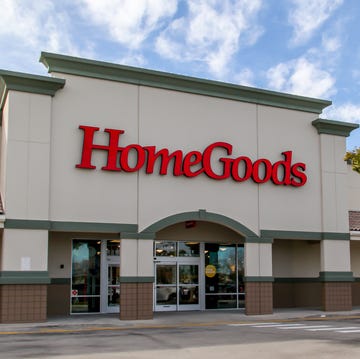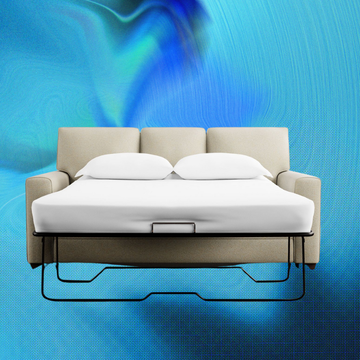The formal living room is an elegant space for entertaining, often filled with high-end furniture, artwork and lighting to create a welcoming first impression. Your grandma's house—with plastic sofa covers and fragile knick-knacks—might come to mind. While the family room is for casual everyday use (think watching movies or playing board games with the kids), the formal living room is typically reserved for adult-only gatherings or special holidays.
Formal living room design has evolved—many have become more flexible and multifunctional to accommodate modern lifestyles, but interior designers still advise clients to rethink this outdated room. I recently asked over 15 interior designers to share their honest take on the rooms that are most overrated, and the majority of them agreed: Formal entertaining spaces are rarely used.
"Formal living rooms are at the top of the list — beautifully furnished, barely touched," says Olivia Botrie of Dart Studio. "In most homes, they become museum spaces that gather dust."
"The room that's often the most expensive to decorate beautifully—and the most underutilized—is the formal living room," agrees Nancy Davilman, principal designer of ND Interiors. "The formal living room is a holdover from our parents' era, when it was the most cherished and protected room in the house."
While formal entertaining spaces might look beautiful, they get very little use unless you're frequently hosting large events. Even during holidays or small family gatherings, people tend to avoid these overly formal setups. "Most families gather in kitchens, around islands, or in more casual great rooms," says Cathleen Gruver of Gruver Cooley.
Still, interior designers often receive requests for formal living rooms. "Clients with young kids often say they want 'an adult space,' but when it comes down to it, they rarely leave the kitchen or family room to use it," says Davilman. "Now that we live in a more casual society, the days of the formal living room are largely behind us, unless the room features something special, like a great bar or pool table, that actually entices people to gather there."
Just because the formal living room has become obsolete, doesn't mean you can't design two distinct living areas. Rethink these formal spaces. Instead, consider crafting practical rooms that can be used on a regular basis.
Emily Rand of Emily Rand Interiors tries to steer clients in a different direction. "Converting these extra rooms into more functional areas like a bar room, cozy den, or game room tends to serve homeowners much better."
Think of multifunctional spaces that are arranged with flexibility in mind. "Spaces that can evolve—like a media lounge that doubles as a guest room—tend to get the most real use," says Botrie.
Alyssa Gautieri (she/her) is the associate lifestyle editor for Good Housekeeping, where she covers all things home and interior design. Prior to joining GH in 2022, she wrote for publications including ELLE Decor, Chairish, BobVila.com, Unique Homes Magazine and LODGING Magazine, in addition to crafting product copy for home brands like BrylaneHome and VIGO Industries.



